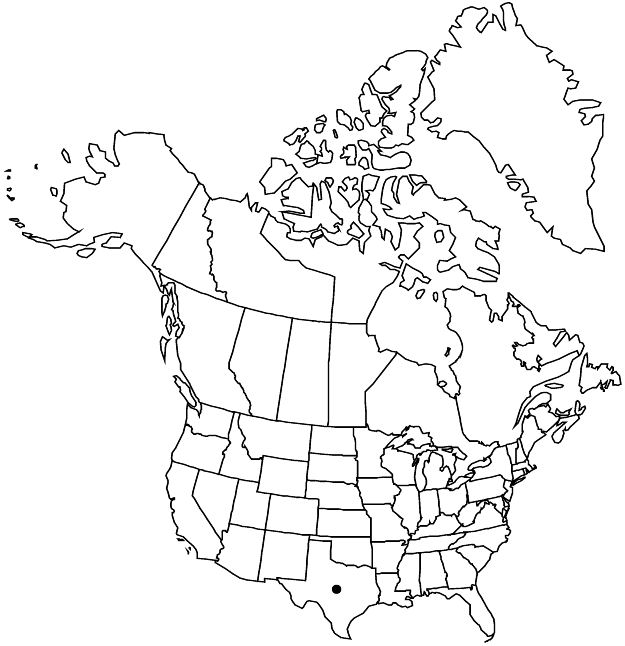Purshia ericifolia
Phytologia 60: 468. 1986.
Shrubs, evergreen, 5–15 (–25) dm. Stems: young-stem internodes 2–9 mm, closely white villous-tomentose, ± glabrate, eglandular; short-shoot spurs simple or branched, 5–20 × 1.5–2 mm. Leaves: blade dark green adaxially, linear-subulate, (2.5–) 3–8 (–10) × 0.7–1 (–1.5) mm, margins strongly revolute (nearly obscuring abaxial surfaces), entire, apex acuminate to cuspidate, abaxial surface sparsely arachnoid-villous abaxial groove 0.1–0.3 mm wide, broader at base, densely villous, adaxial glabrate, eglandular. Pedicels 2–13 (–20) mm. Flowers: hypanthium hemispheric, 2.5–4 × 2–3 mm, to 5.5 mm diam. in fruit, closely villous, sometimes stipitate-glandular; petals white or suffused with red, broadly obovate, 4–8 (–11) mm; stamens (60–) 80–120; carpels (12–) 17–31. Achenes oblanceoloid, 4–6 × 1.1–1.3 mm, weakly 2–3 ribbed, persistent style 15–30 mm, plumose hairs 1–2 mm. 2n = 18.
Phenology: Flowering Jun–Sep.
Habitat: Arid rocky limestone slopes, cliffs, Chihuahuan Desert
Elevation: (600–)800–1600(–2100) m
Distribution

Tex., Mexico (Chihuahua), Mexico (Coahuila)
Discussion
Purshia ericifolia is known from Brewster and Presidio counties in trans-Pecos Texas. The species is distinctive in its subterete, arcuate leaves that are distichous in gradual spirals on short shoots. It flowers after rain.
Selected References
None.
Lower Taxa
No values specified."dm" is not declared as a valid unit of measurement for this property.